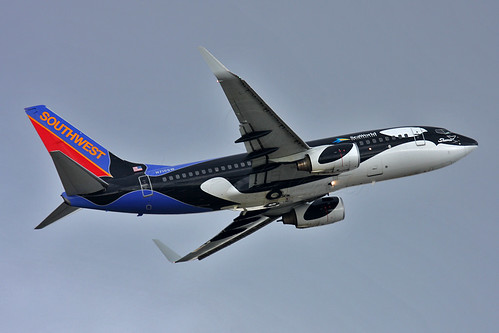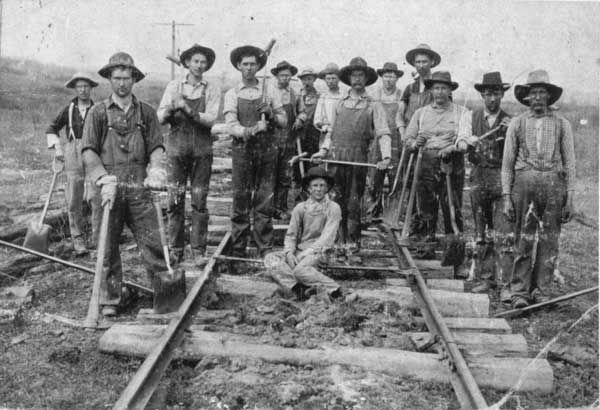Here's a great recipe for cari chay, a Vietnamese vegetable & tofu curry. I brought a curry cookbook with me to California, and living so close to what I call the Wal-Mart of Asian grocery stores, it's been easy to find anything I need for the recipes. This recipe doesn't require too much out of the ordinary.
(adapted from Curry Cuisine)
Ingredients
3 T oil 2 stalks of lemongrass
2 garlic cloves, crushed salt
1 shallot, thinly sliced 2 lb of firm tofu, cut into 1" cubes
1.5 T curry powder 1 large bamboo shoot, thinly sliced (or 1 can of shoots)
1 T palm sugar (or white) 2 Asian eggplants, halved lengthwise and cut into 1-inch pieces
1 liter coconut milk cilantro or basil leaves
juice of 1 lime
1. Heat the oil in a pan and stir-fry the garlic & shallot for about 5 minutes until golden. Add the curry powder & palm sugar and continue to stir-fry for 1 minute.
2. Add the coconut milk, lime juice, fish sauce, and lemongrass. Add salt to adjust taste. Bring to a boil, then turn heat to low.
3. Add the tofu, bamboo shoot, and Asian eggplants. Simmer, covered, for 10-15 minutes until the eggplants have softened. Garnish with cilantro or basil.
Serve with baguette or rice. (The Vietnamese actually eat many of their meals, and especially curries, with a French-style baguette, as a carry-over from the French colonial period in the mid-1800s to mid-1900s. For a long time I couldn't figure out why the Asian grocery, which is mostly run by Vietnamese, was selling bread from a local French bakery!)
















































